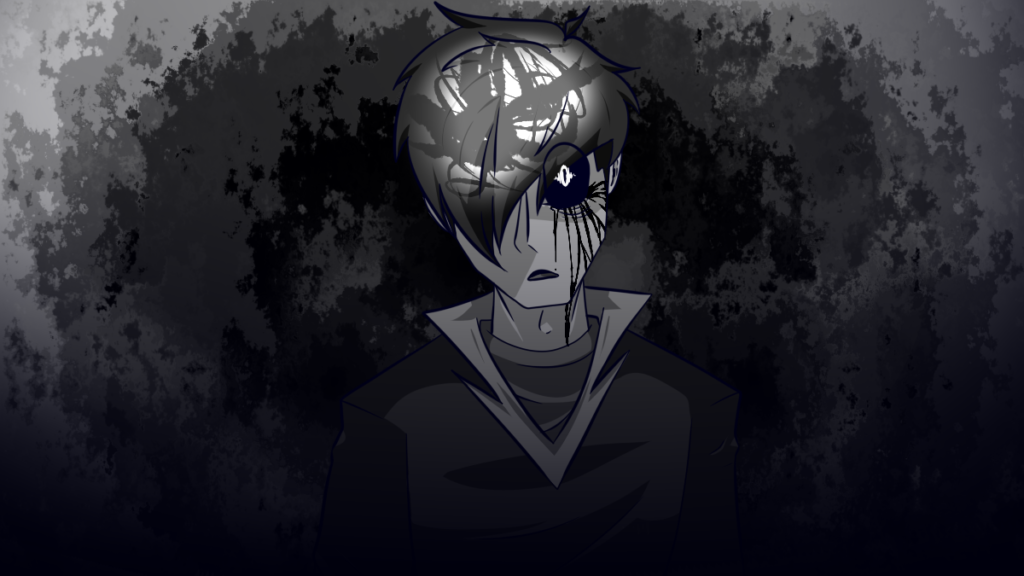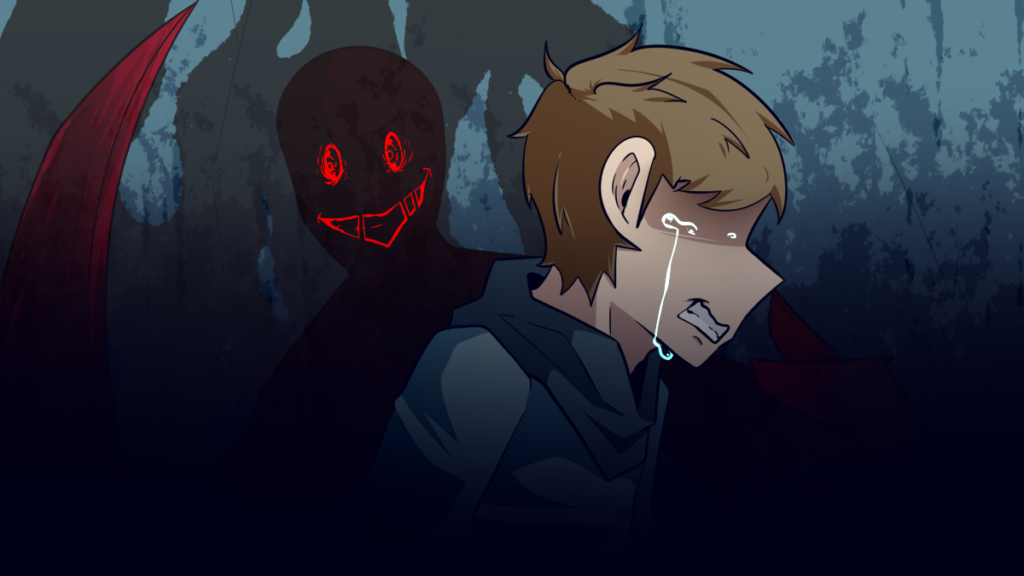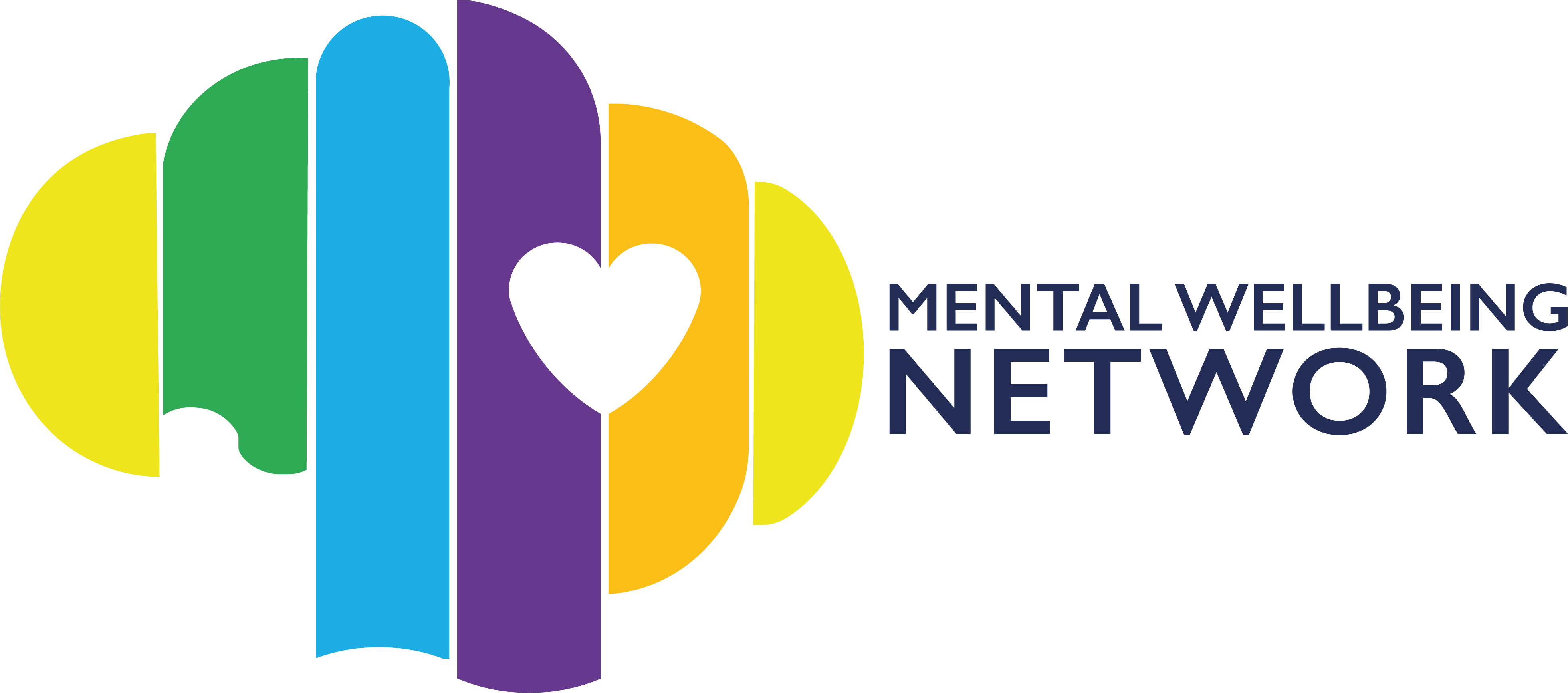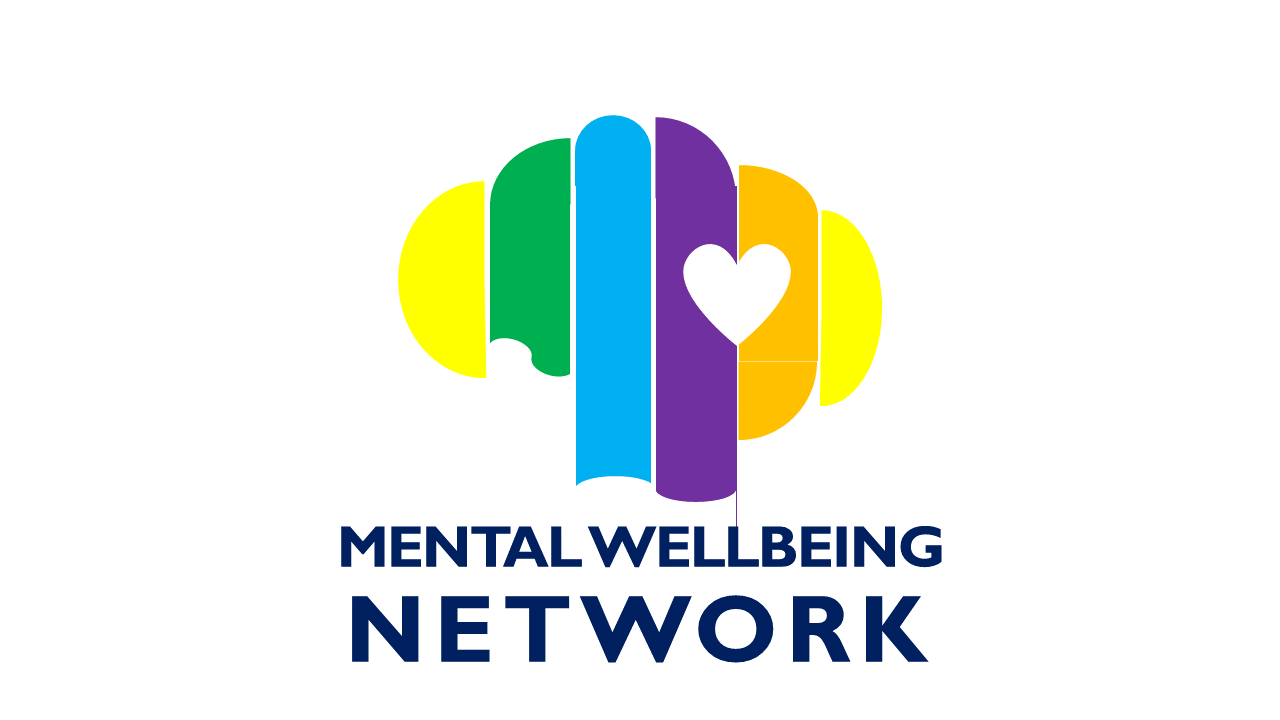Trauma is something we are all familiar with. We have heard of war veterans having flashbacks from gunfights or adults who suffered with abuse as children. It’s a horrible thing to experience yet it is more common than we think, 1 out of 3 adults stated they were exposed to a traumatic event. Because it can be extremely damaging on the mind, many people gain post-traumatic stress disorder (PTSD) from events like this. However, what happens to sufferers who have experienced multiple traumatic events? Does this affect them differently? The condition formed from this is called Complex PTSD(C-PTSD). It is very similar to PTSD, but it can affect the sufferer in different ways.
What happens with Trauma?
Before addressing Complex PTSD, we should know how it affects the brain. Trauma triggers the fight or flight system, which is supposed to occur in a life-or-death scenario, as a result the body produces loads of stress. The brain area that activates this is called the amygdala. The amygdala helps us modulate our emotions, specifically fear, and anger. It’s tied into PTSD as the amygdala controls how the brain associates fear with memories.
Following the traumatic event, people with PTSD will suffer with an overactive amygdala. This means the fight or flight system can be triggered easier than it’s supposed to. For those of you suffering with PTSD you may find your more likely to become emotional or stressed out from things that don’t usually scare others.
Sadly, this disrupts the part of your brain that’s involved in planning as well. Which is called the prefrontal cortex. This region helps you respond to your emotions. It can help you with planning and remaining rational as well.
Overall, this means PTSD changes how your brain processes stimuli. With the amygdala becoming overactive and the prefrontal cortex being inhibited, you can become overwhelmed, if something triggers your PTSD.

Signs
Because PTSD and C-PTSD are so similar the symptoms won’t very much. Supposedly, 92% of people with C-PTSD can meet the PTSD criteria as well. For this we will assess the symptoms of both conditions to develop a better understanding.
Symptoms of PTSD
- Reliving the event. People will usually have constant flashbacks or nightmares to the traumatic event.
- Hypervigilance. This describes the state of being very anxious. You may find the person is on the go. Scouting surroundings and getting alarmed easily.
- Avoidance. The individual will avoid anything that will remind them of the traumatic event. This could range from them discussing the issue to avoiding the location or event that will remind them of it.
- Emotional Numbing. You may find the person has become more emotionally detached from their surroundings.
Symptoms of C-PTSD
People with C-PTSD can have the symptoms of PTSD along with C-PTSD.
- Different outlook. Their idea of the world around them will change drastically. Additionally, strong beliefs or opinions can disappear, such as having a faith in religion. Their opinions will become more pessimistic.
- Changes in the self. Their idea of themselves may become much more adverse. They can lack confidence and become more depressed.
- Fixation. The person may direct all their attention to the abuser.
- Dissociation. They may become detached from their surroundings, struggling to remain aware.
- Emotional instability. Their emotions can become tough to handle. You may see them manic or distressed. Unfortunately, some can experience suicidal thoughts.
- Relationship difficulties. Their lack of trust causes problems with friends and family. They can struggle to socialise or may get into negative relationships. There can be isolation as well.
- Self-destructive behaviour. This is making decisions that puts the person at risk of harm. It can include self-abuse and abusing drugs.
Treatment
If you’re suffering with C-PTSD there’s a chance you may need multiple forms of support. Treatments for PTSD can help with recovery, but it is believed C-PTSD requires more help for a longer time. This means many forms of treatment will differ based on the person and how severe the condition is.
There’s evidence to show that using any treatments made to address trauma, can help lower the symptoms of PTSD. Those interested in getting relief, here’s some options you would be going through with your consultant.
Medication
If you have found that psychotherapy doesn’t help or you’re dealing with depression/anxiety, medication can help lower the symptoms. Therefore, there are loads of different medications you can take; and it will depend on what works best with your body and what your condition is. Furthermore, for each medication there can be side effects so it’s important to see what works for you.
Therapy
One of the most common forms of therapy is Cognitive Behavioural Therapy (CBT) which tries to change negative thoughts and behaviour. For PTSD treatments your therapist will try to look at your thoughts regarding the traumatic event. To help with relief they will try to identify any harmful reflections you have come to.

Eye movement desensitization and reprocessing (EMDR)
A form of psychotherapy where the client will recall their traumatic memory while engaging in an external stimulus, usually being bilateral simulation. This is watching /feeling/hearing something go from a side-to-side pattern in a rhythmic way. Think of hypnosis where a person watches an item sway laterally.
The research for EMDR therapy has been very promising, multiple studies found that 84%-90% of single trauma victims, did not have PTSD following three 90 minutes sessions. But for people who had numerous traumas up to 77% of people recovered from PTSD after six 50-minute sessions. This form of therapy helps clients process their emotions from the event. This can be extremely helpful for those that feel too anxious to talk to a psychotherapist.
Relief
C-PTSD can easily take over a person’s life and make tasks that were once easy to complete very difficult. For instance, socialising and hobbies are no longer enjoyable, and people begin to avoid anything that can remind them of the trauma. Along with receiving treatment from a professional it may help to try other things that can provide relief:
- Exercise
- Journaling/Diary
- Meditation
- Reading
- Trying a new hobby
- Being mindful
- Meeting friends and family
- Dieting



